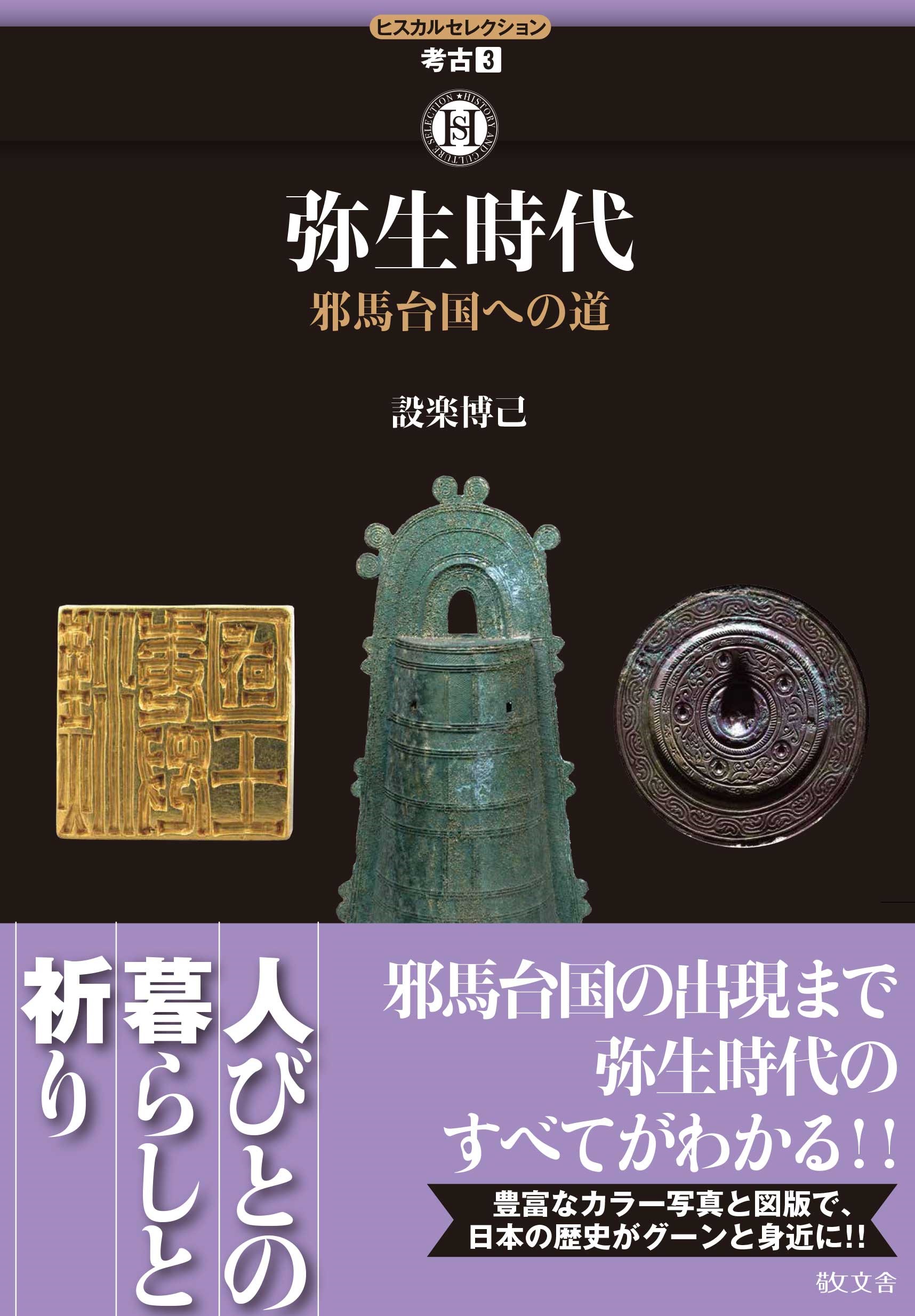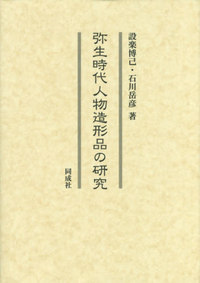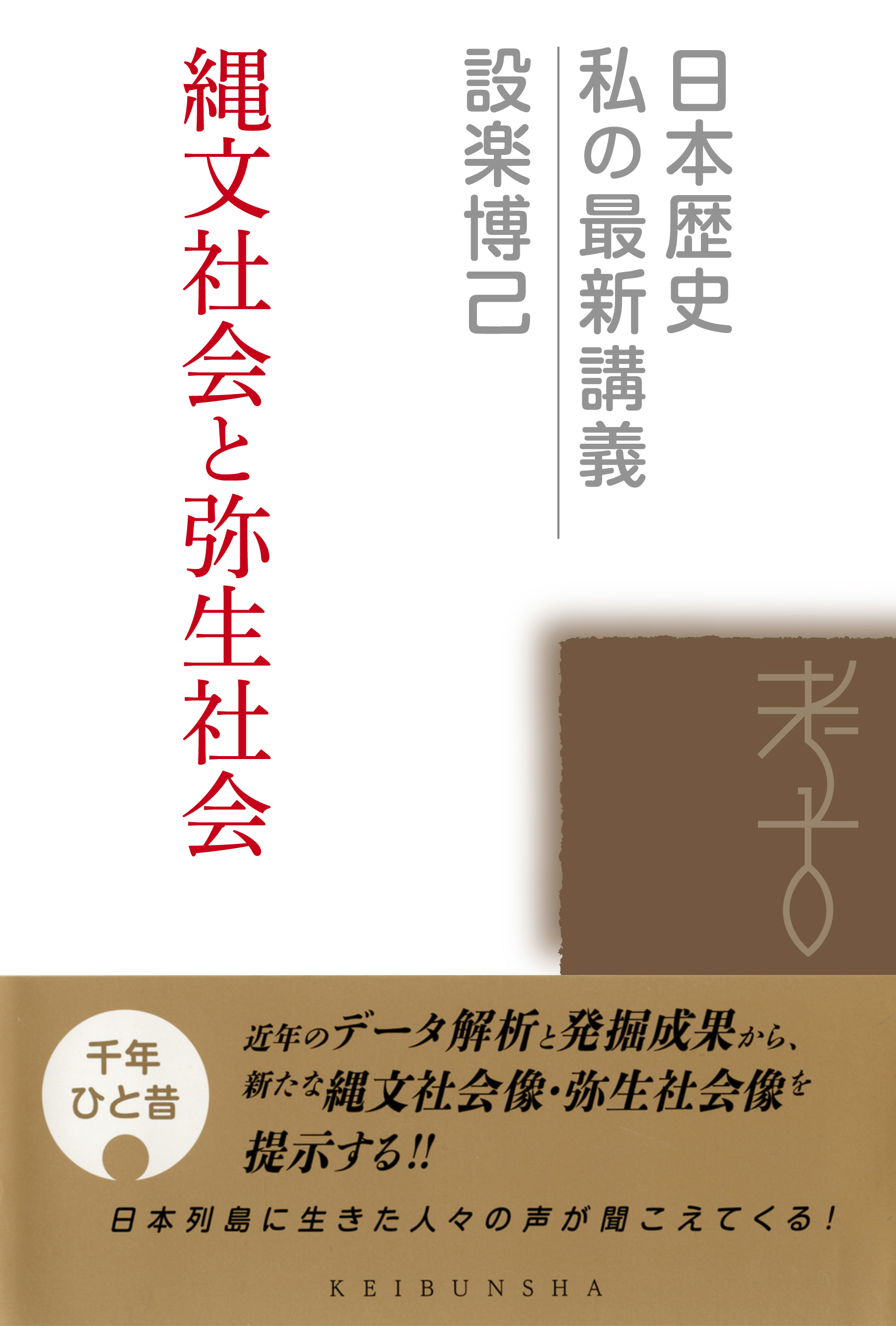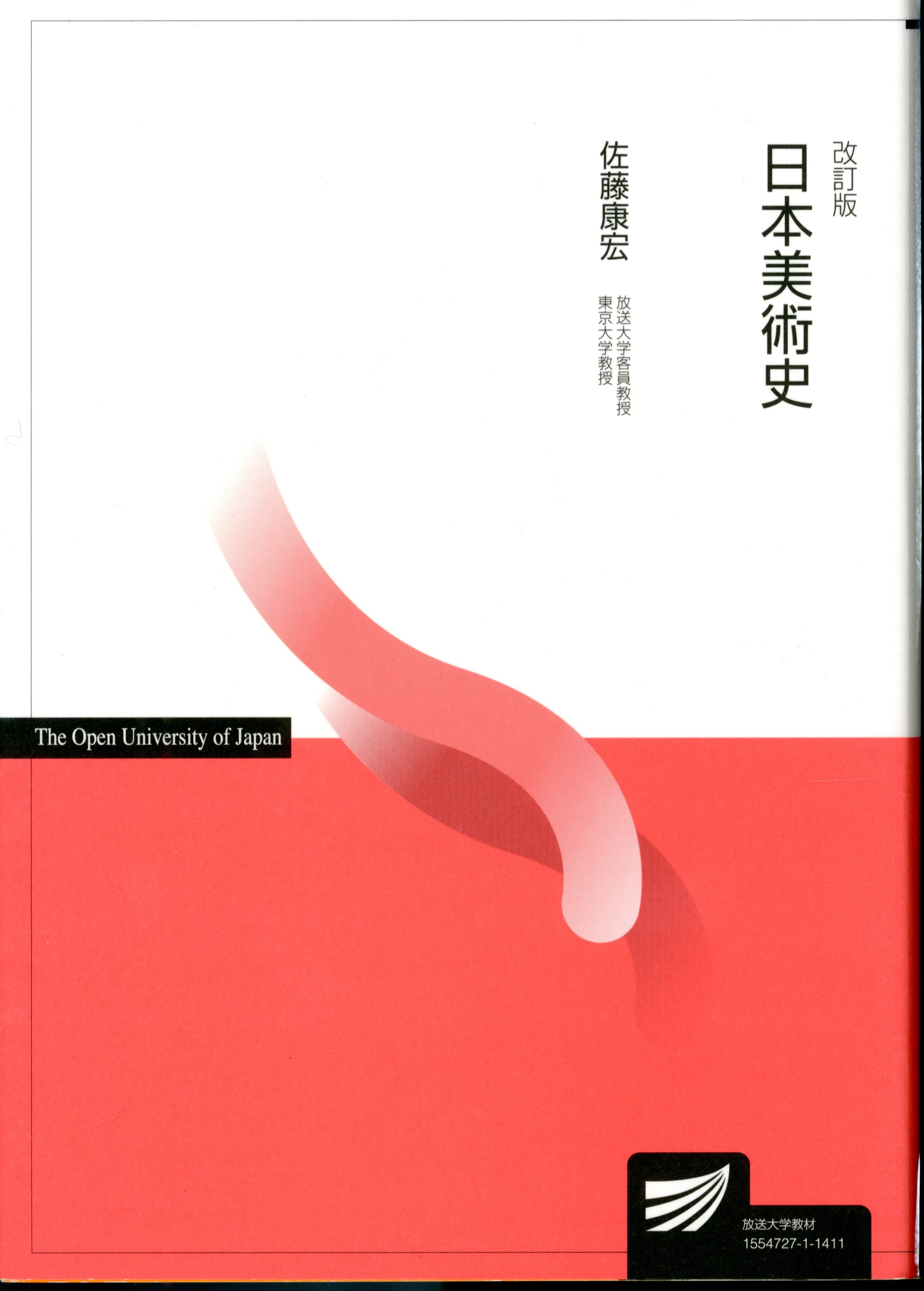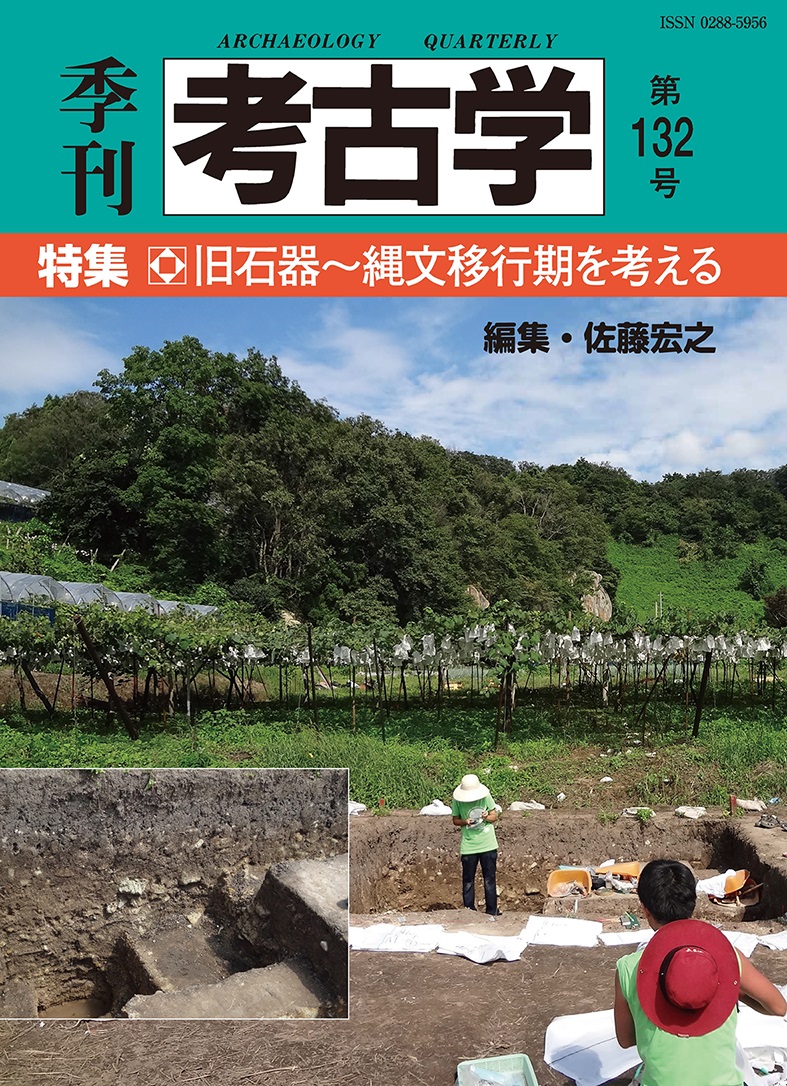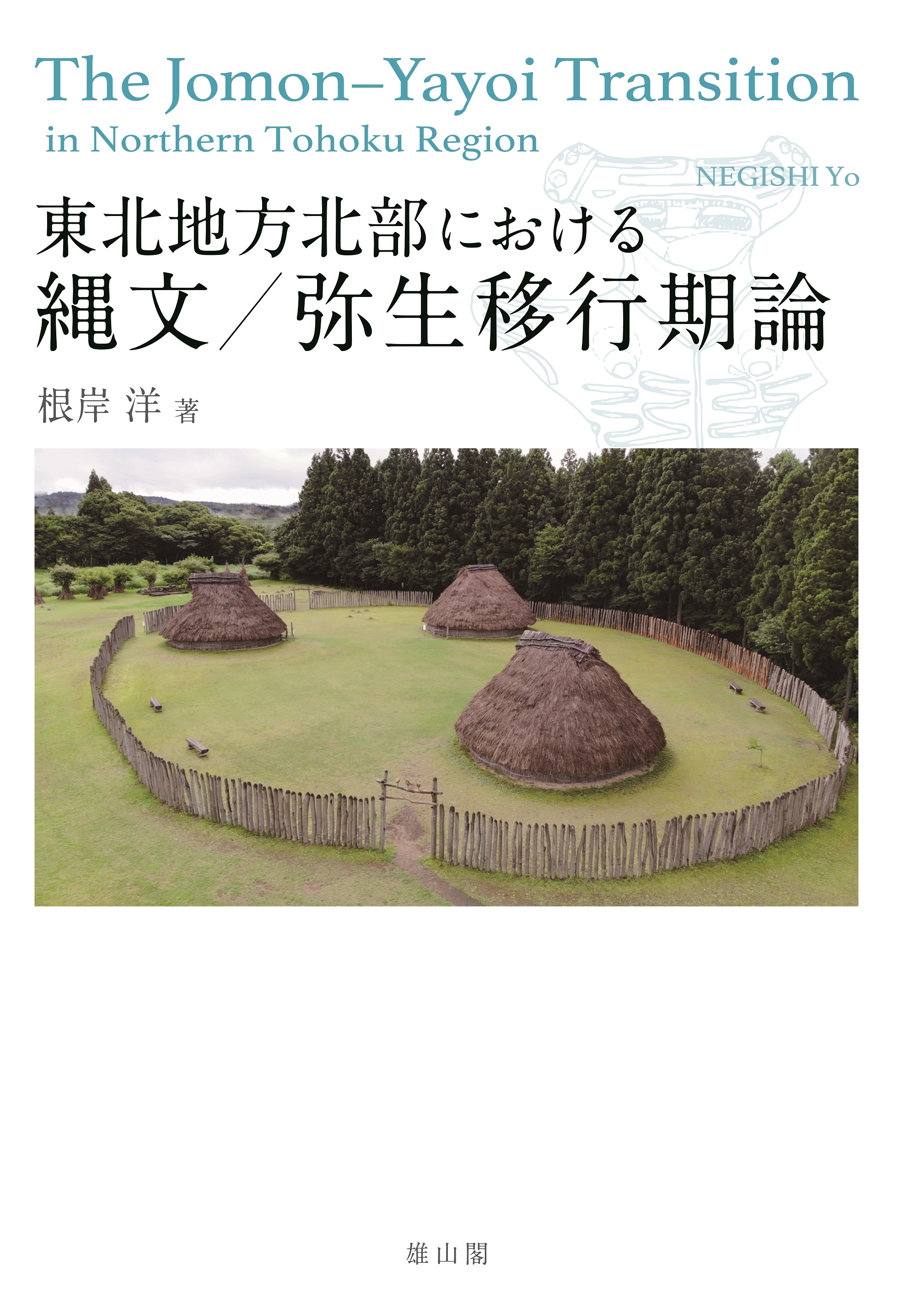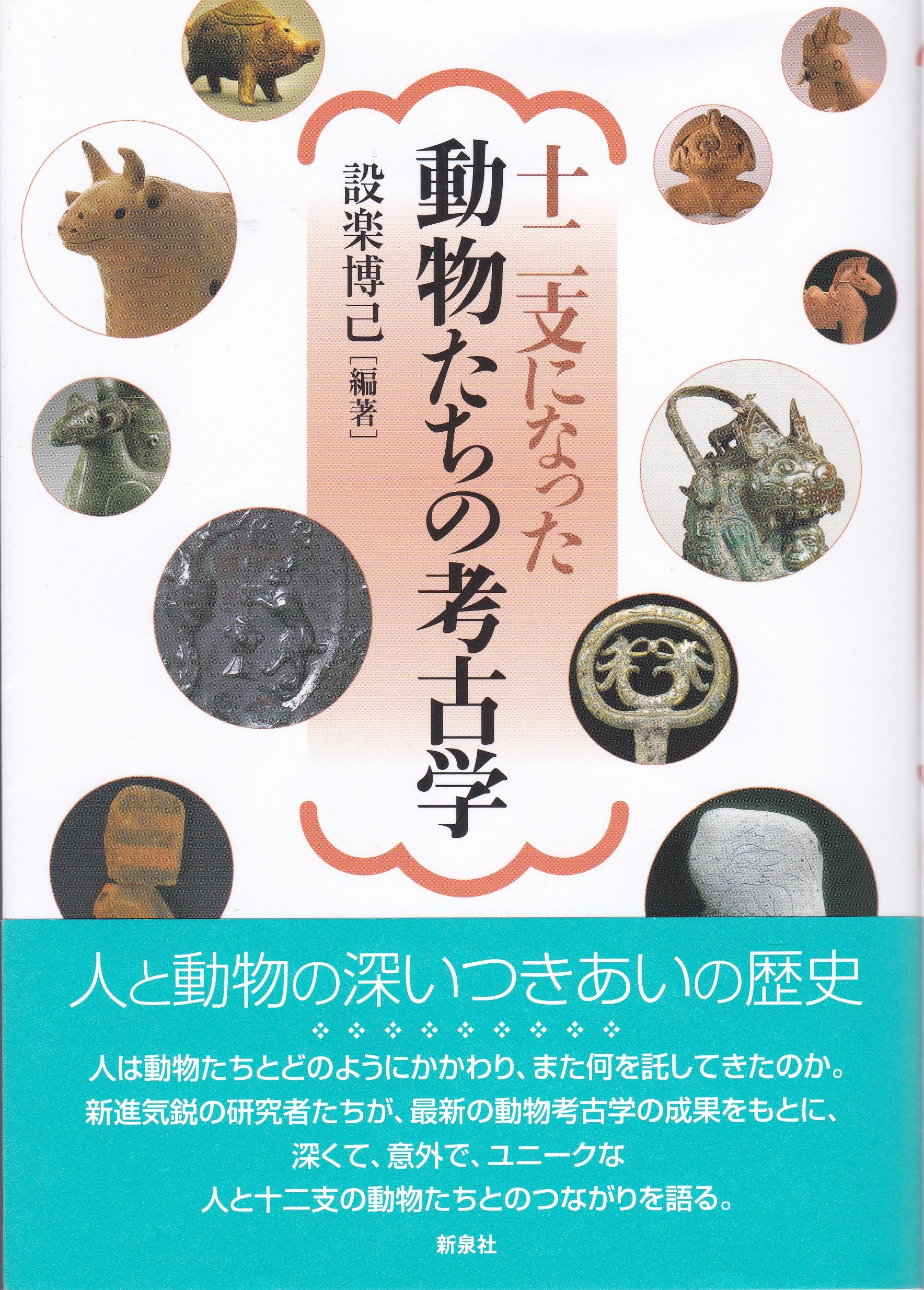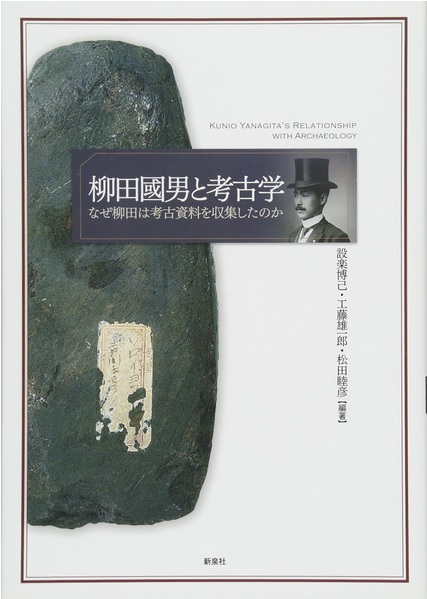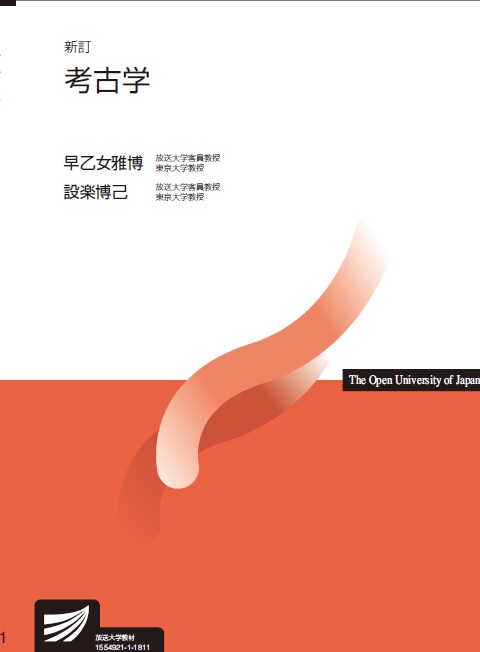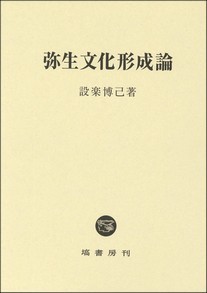
Title
Yayoi-bunka Keisei ron (The Formation of Yayoi Society)
Size
640 pages, hardcover with bookcase
Language
Japanese
Released
March, 2017
ISBN
978-4-8273-1289-8
Published by
Hanawashobo
Book Info
See Book Availability at Library
Japanese Page
This book is a study of the characteristics of the formation and development of Yayoi culture and society as compared with Jōmon society, focusing in particular on eastern Japan, and it consists of five parts.
Part 1 deals with the findings of research on chronology and dating, centred on the analysis of pottery. With the pan-archipelagic chronology of pottery in the late Jōmon period serving as our starting point, we discuss the formation of Yayoi pottery in central Japan and the Kantō region and describe one of its special features, namely, that it derived to a marked degree from Jōmon pottery. As for the actual date of the start of the Yayoi period, we summarize and examine the results of carbon-14 dating by accelerator mass spectrometry.
Part 2 deals with questions concerning livelihood. Using a method called the replica method to analyze grain impressions on the surface of pottery, we analyze the actual circumstances of the commencement of grain cultivation in central Japan and the Kantō region, and taking into account the results of prior research, we discuss the local characteristics of the start of Yayoi culture in these regions, when agriculture began with the cultivation of grain. These also apply to changes in pottery and stoneware and to hunting and fishing activities.
Part 3 discusses how ancestral rites changed from the Jōmon to Yayoi periods, with reference also to background factors such as changes in climate. First, adapting the thinking about ancestor worship in cultural anthropology, we speculate about the functions of ancestral rites at graves for a secondary burial during the Jōmon period and argue that their character was carried over also in the secondary burials to be seen in eastern Japan during the early Yayoi period and that this was determined by the character of group relationships against the background of climate cooling. In the Yayoi culture of western Japan completely different ancestral rites were performed, and we seek the reasons for this in ideas imported from China.
Part 4 discusses Jōmon cultural elements that had an influence on Yayoi culture. Itazuke type-I pottery is a type of early Yayoi pottery from northern Kyushu, and it is suggested that Kamegaoka-style pottery of the last Jōmon period in the Tōhoku region had an influence on this Itazuke type-I pottery. The influence of patterns found in Jōmon pottery can also be seen in the origins of bronze bells, representative of continental Yayoi culture. At the same time, it is also shown how the influence of agrarian culture extended to ritual artifacts in the form of the clay figures of east Japan, and how the female clay figures of the Jōmon period changed into pairs of male and female figures. In this fashion, it is argued that Yayoi culture was formed through the mutual influencing of Jōmon-style culture and agrarian culture.
Part 5 discusses the formation of a full-fledged Yayoi culture from the mid-Yayoi period onwards, discovering the greatest watershed in the Jōmon-Yayoi period in the introduction of metalware in the mid-Yayoi period, and it also discusses the role of interchange in this.
Until now, research on Yayoi culture, especially research on its formation, has evolved with a focus on western Japan, but this book focuses on eastern Japan. This is because the traditions of Jōmon culture were more deep-seated in eastern Japan than in western Japan, and consequently there was a possibility of being able to delineate a formation process different from that in western Japan. As a result, we were able to demonstrate that Jōmon culture was carried over in several cultural elements of early Yayoi culture and to gain an understanding of the significance of this. The significance of this book lies in the fact that it shows how this was not confined to eastern Japan and also had bearings on the inherent character of Yayoi culture as a whole, that is, the overall formation of Japan’s agrarian culture.
(Written by SHITARA Hiromi, Professor, Graduate School of Humanities and Sociology / 2018)



 Find a book
Find a book


